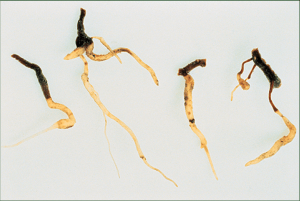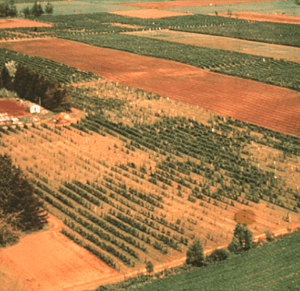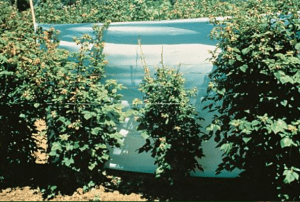Feeding by Dagger or Root Lesion Nematodes may stunt growth of young blueberry plants. Look for small black lesions or galls on feeder roots. Nematode damage to established plants is more likely to occur from transmission of blueberry viruses than direct feeding. Because most soil nematodes are microscopic in size, special laboratory procedures are needed to confirm their presence in soil and/or roots.



More information on nematode testing, biology and management.
Nematode Testing:
- Soil Sampling for Plant-Parasitic Nematode Assessment
- Visual Assessment of Root-Knot Nematode Soil Infestation Levels using a Lettuce Bioassay
- A Soil Bioassay for the Visual Assessment of Soil Infestations of Lesion Nematode
- Sampling Soil and Roots for Plant Parasitic Nematodes – (OMAFRA)
- Diagnosing Nematode Problems in Berry Crops – (OMAFRA)
Use these resources if you need additional help with diagnosis and to find solutions to your problem.


